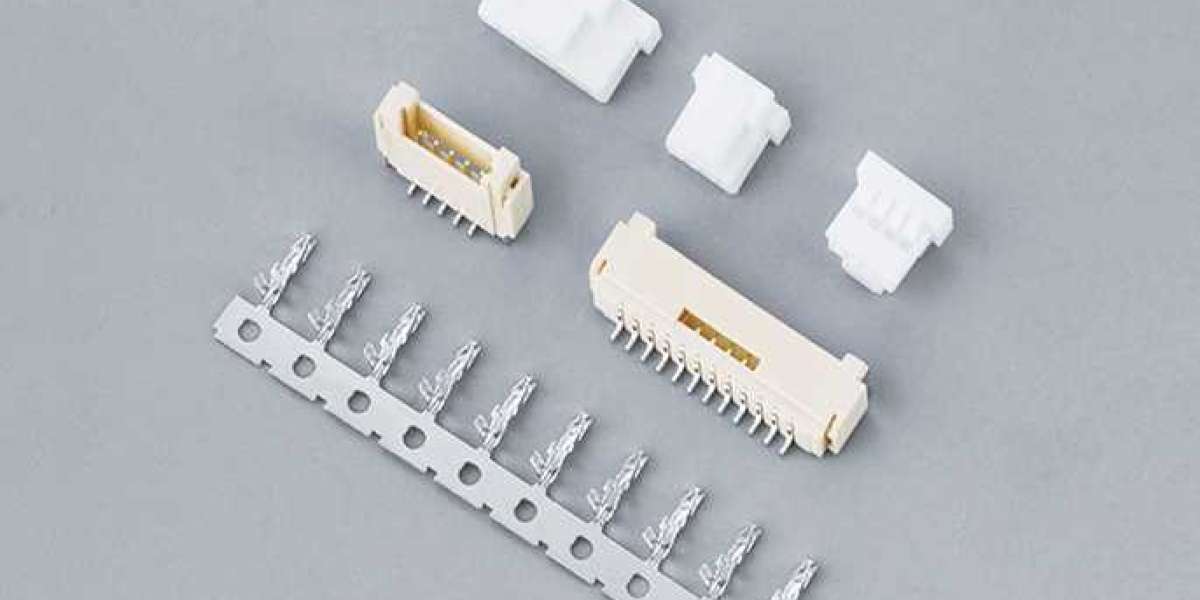Wire to wire connectors are essential components used to join two or more wires together, creating a continuous electrical path. These connectors are used in a variety of applications, including automotive, industrial, and consumer electronics, providing a reliable means of connecting wires without the need for soldering.
One of the primary benefits of wire to wire connectors is their ease of installation. These connectors typically feature a simple plug-and-play design, allowing for quick and secure connections. This simplicity is particularly beneficial in applications where wires need to be frequently connected and disconnected, such as in maintenance and repair scenarios.
Wire to wire connectors come in various types, including butt connectors, spade connectors, and terminal blocks. Each type is designed to suit specific applications and requirements. For instance, butt connectors are often used for splicing wires, while spade connectors are used for quick disconnects in applications where space is limited.
Durability and reliability are critical factors in the design of wire to wire connectors. These connectors are made from materials that can withstand environmental factors such as temperature fluctuations, moisture, and vibration. This ensures that the connections remain secure and maintain good electrical conductivity over time.
Furthermore, wire to wire connectors are available in a range of sizes to accommodate different wire gauges. This versatility allows for their use in various electrical systems, from small electronic devices to large industrial machinery.
Proper installation of wire to wire connectors is crucial for ensuring a secure connection. Using the appropriate crimping or compression tools and following manufacturer guidelines helps achieve optimal performance and longevity.







